Watercolor Tattoo
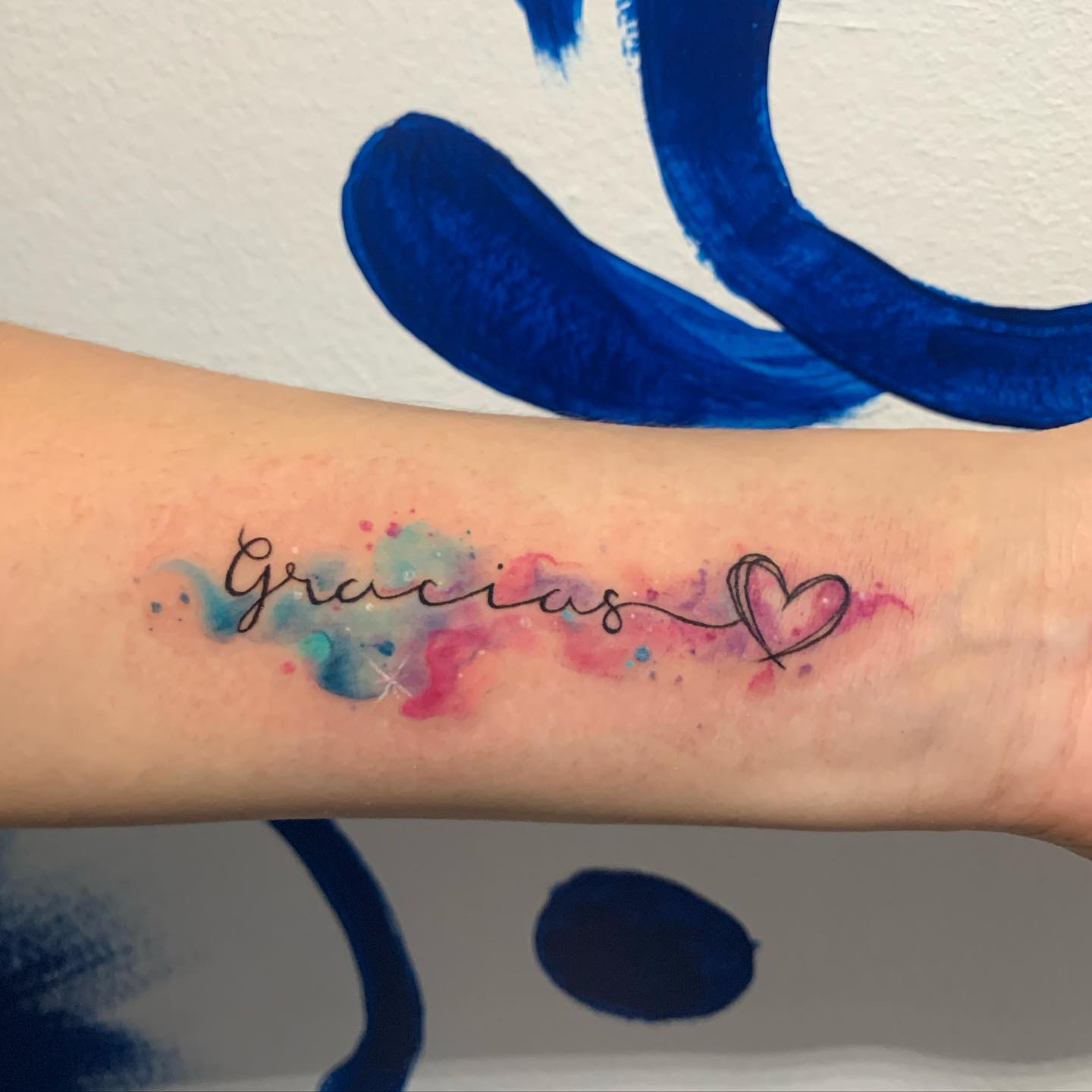
Imagine turning your body into a living work of art with the stroke of a brush. Yes, it’s possible with the mesmerizing beauty of watercolor tattoos. Unlike traditional tattoos, these masterpieces blend vibrant colors and delicate brushstrokes to mimic the ethereal quality of watercolor paintings. With their dreamy aesthetic and limitless design possibilities, watercolor tattoos offer a unique way to express your individuality and creativity. Whether you prefer floral motifs, enchanting landscapes, or abstract art, a watercolor tattoo can transform your skin into a living canvas that captivates and inspires.
Beautiful Watercolor Tattoos (Please Pin!)
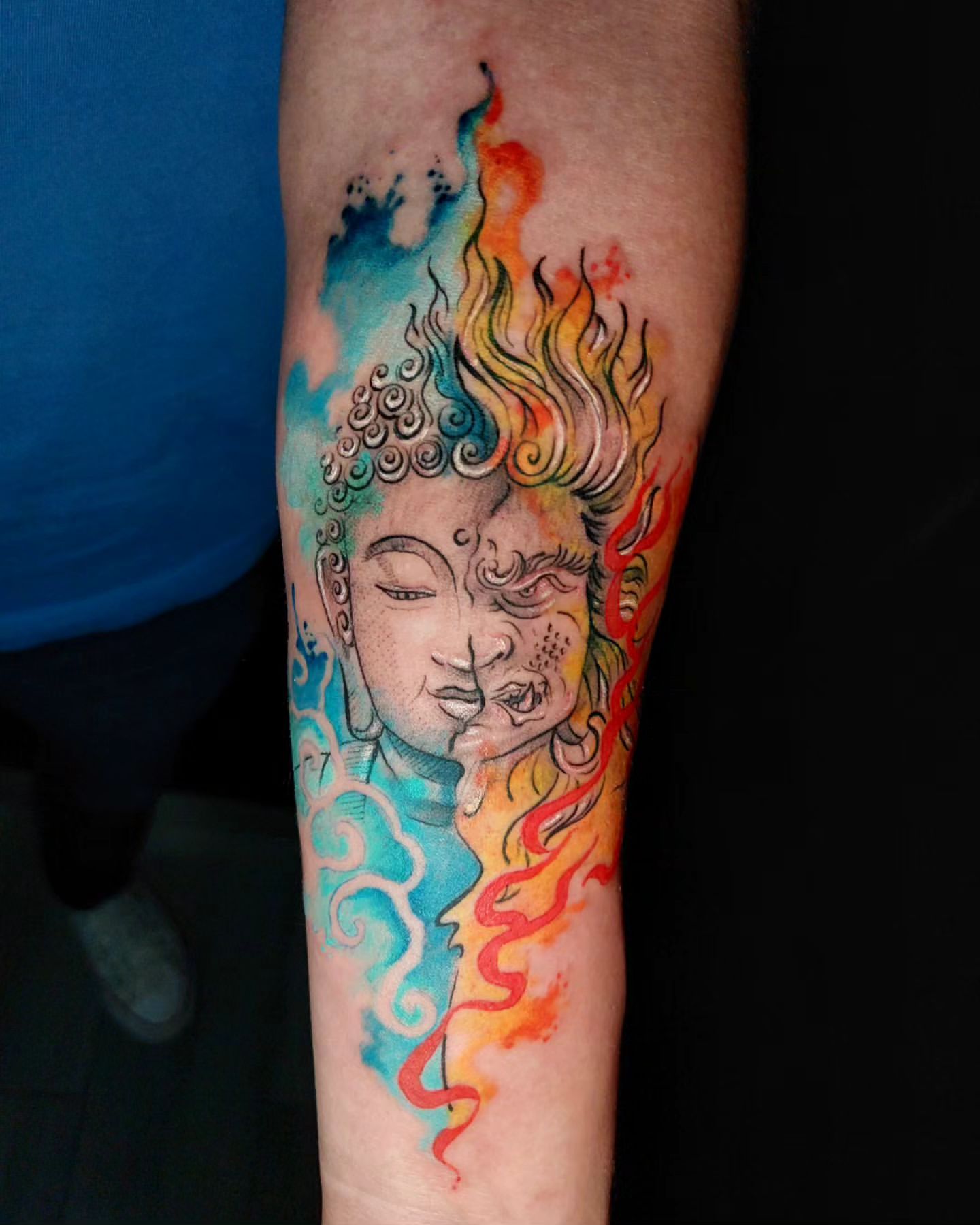
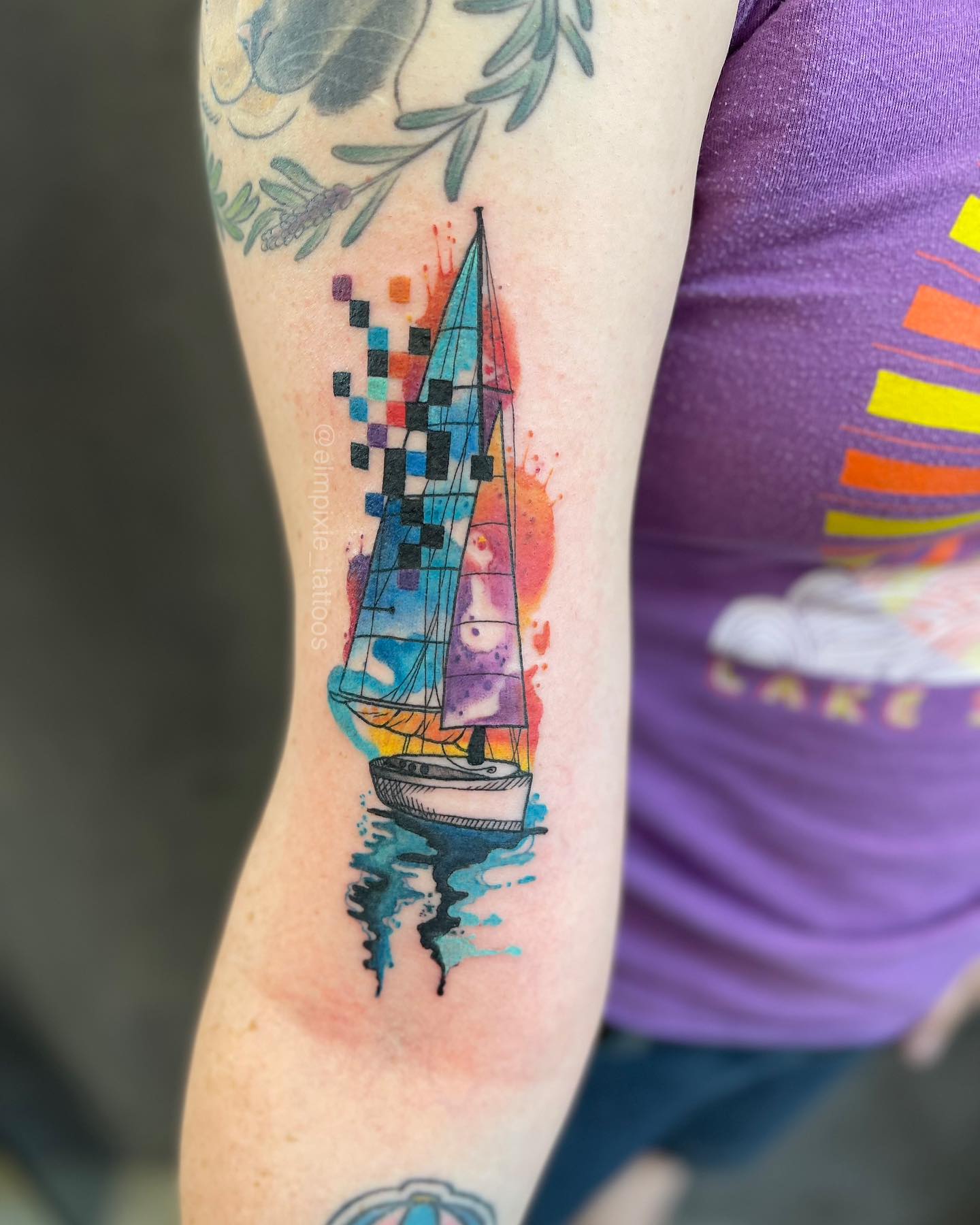
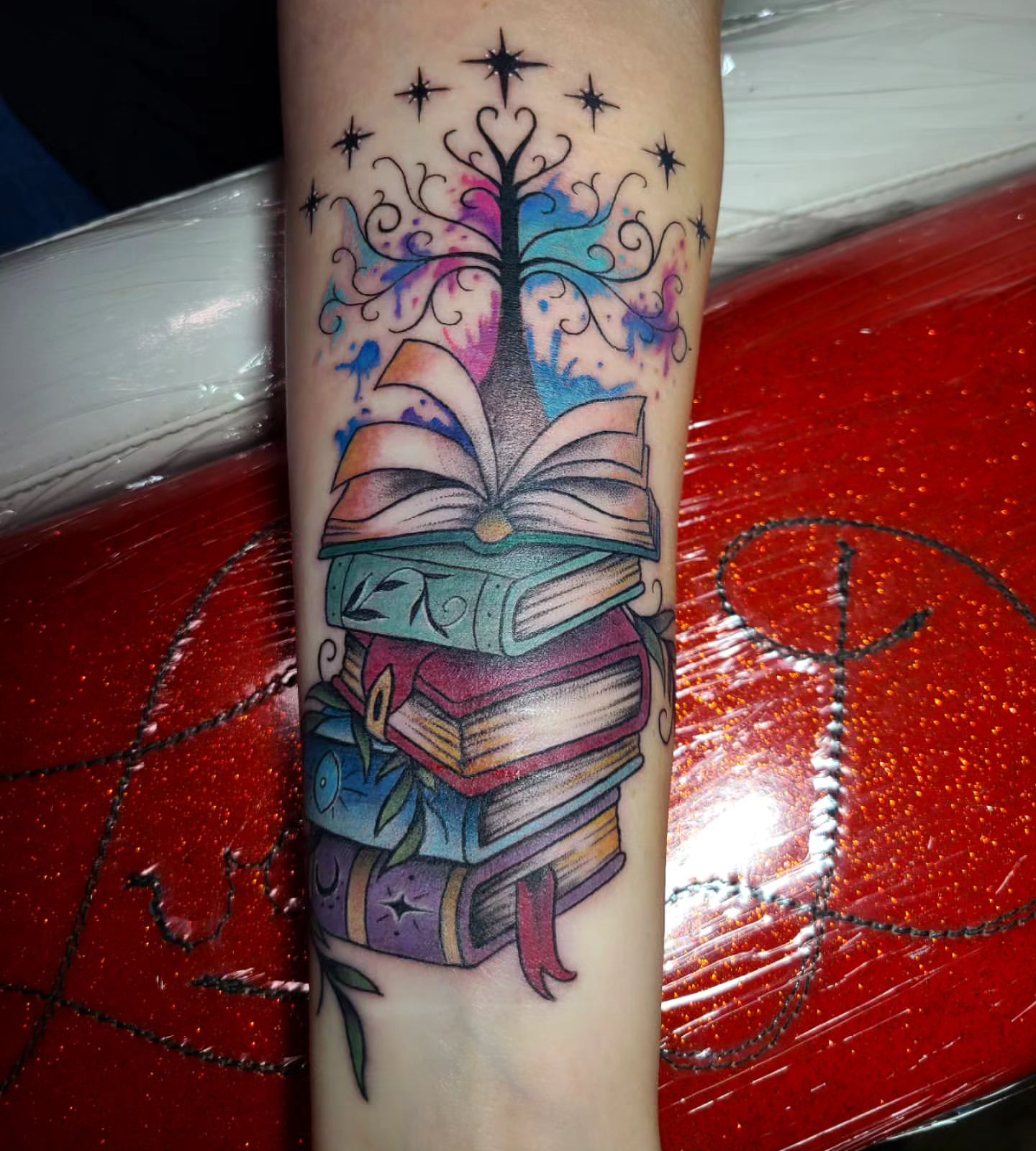

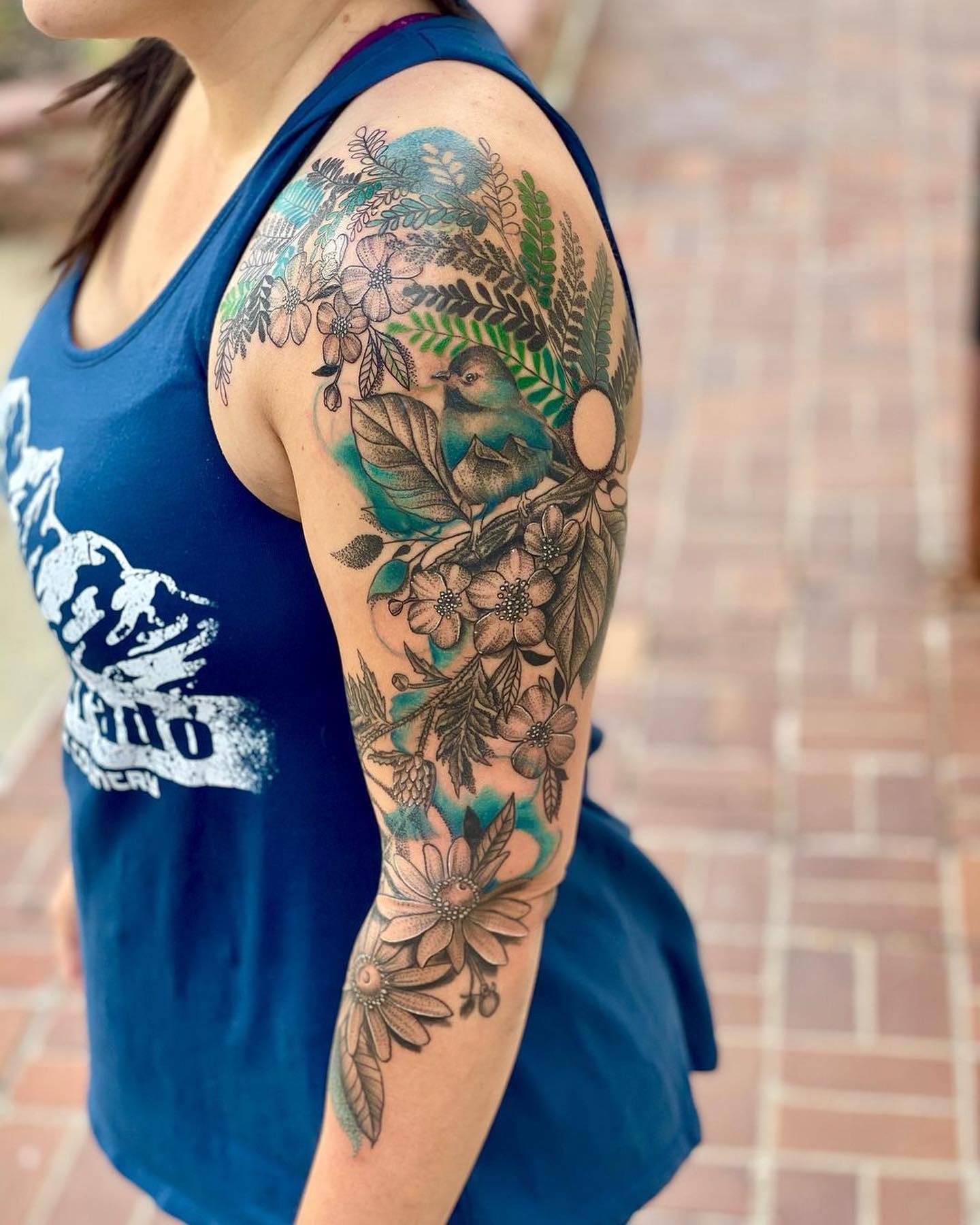
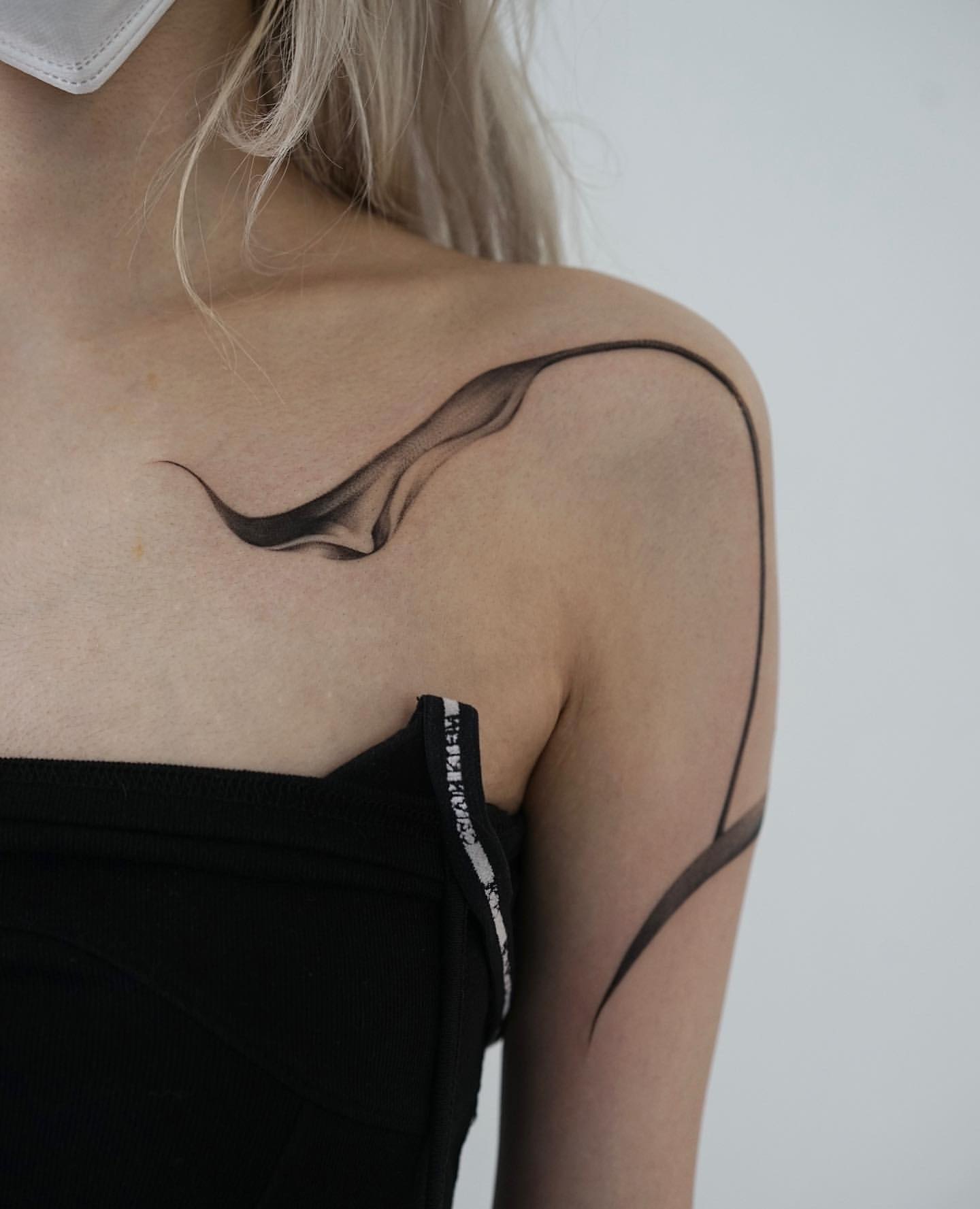
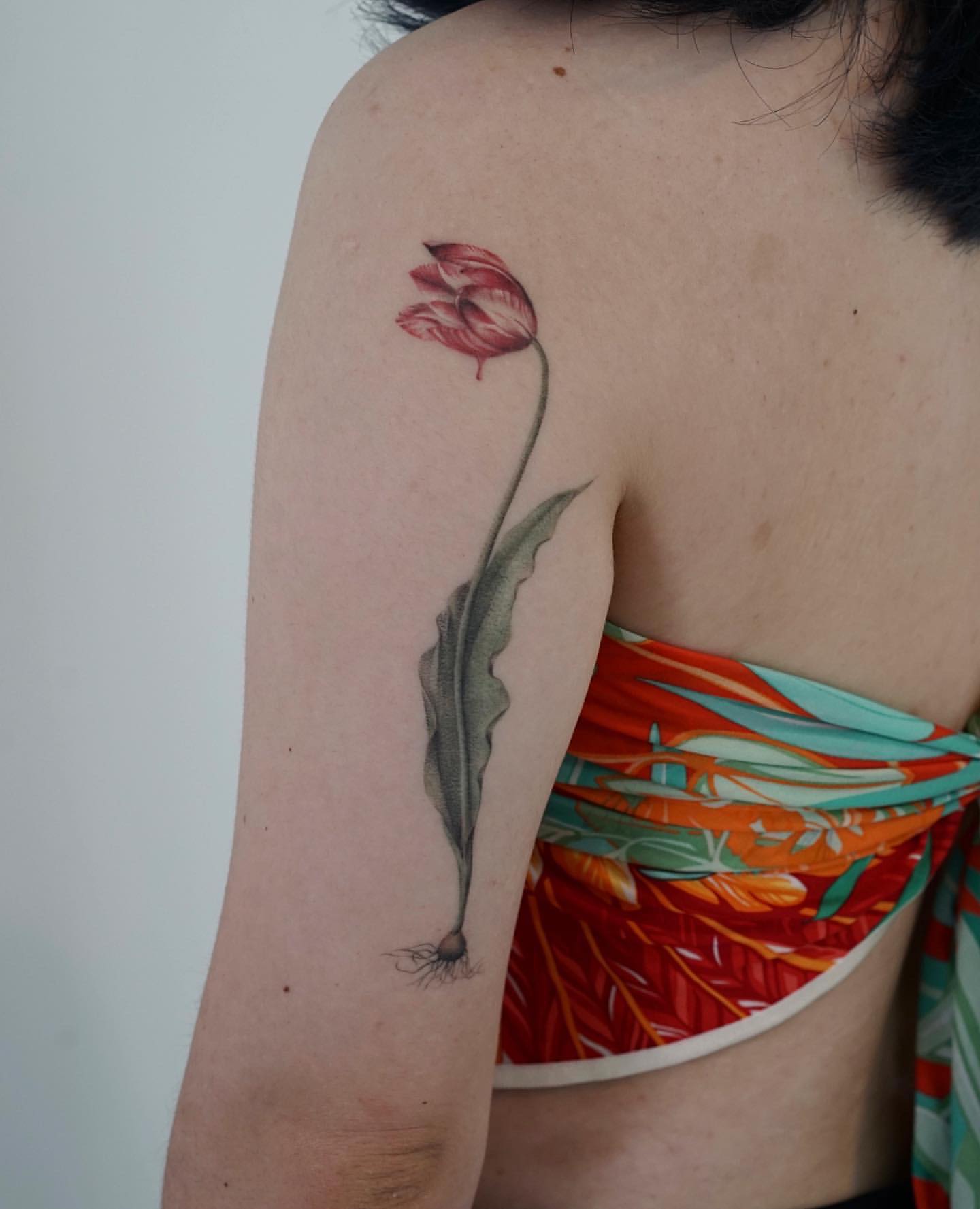
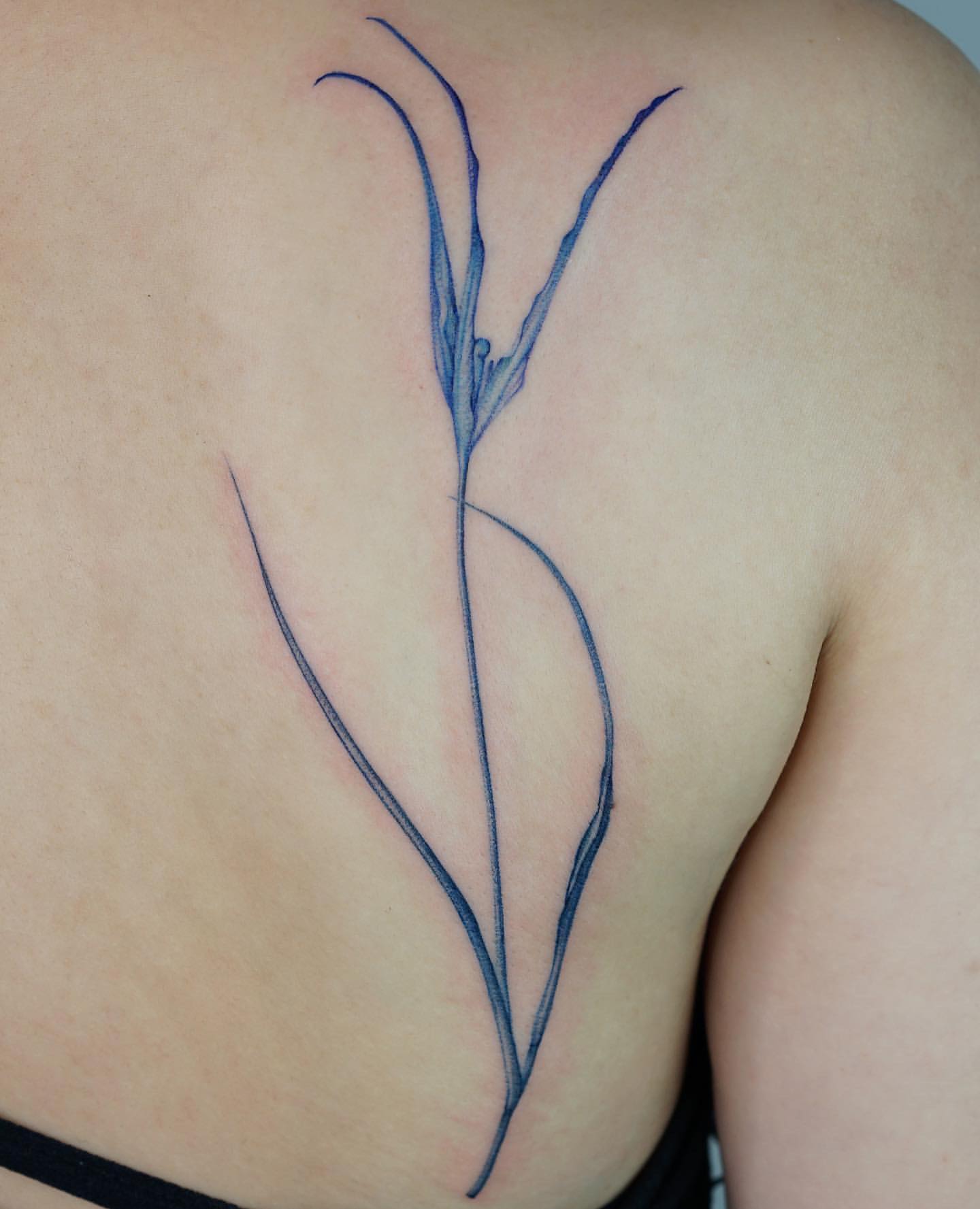
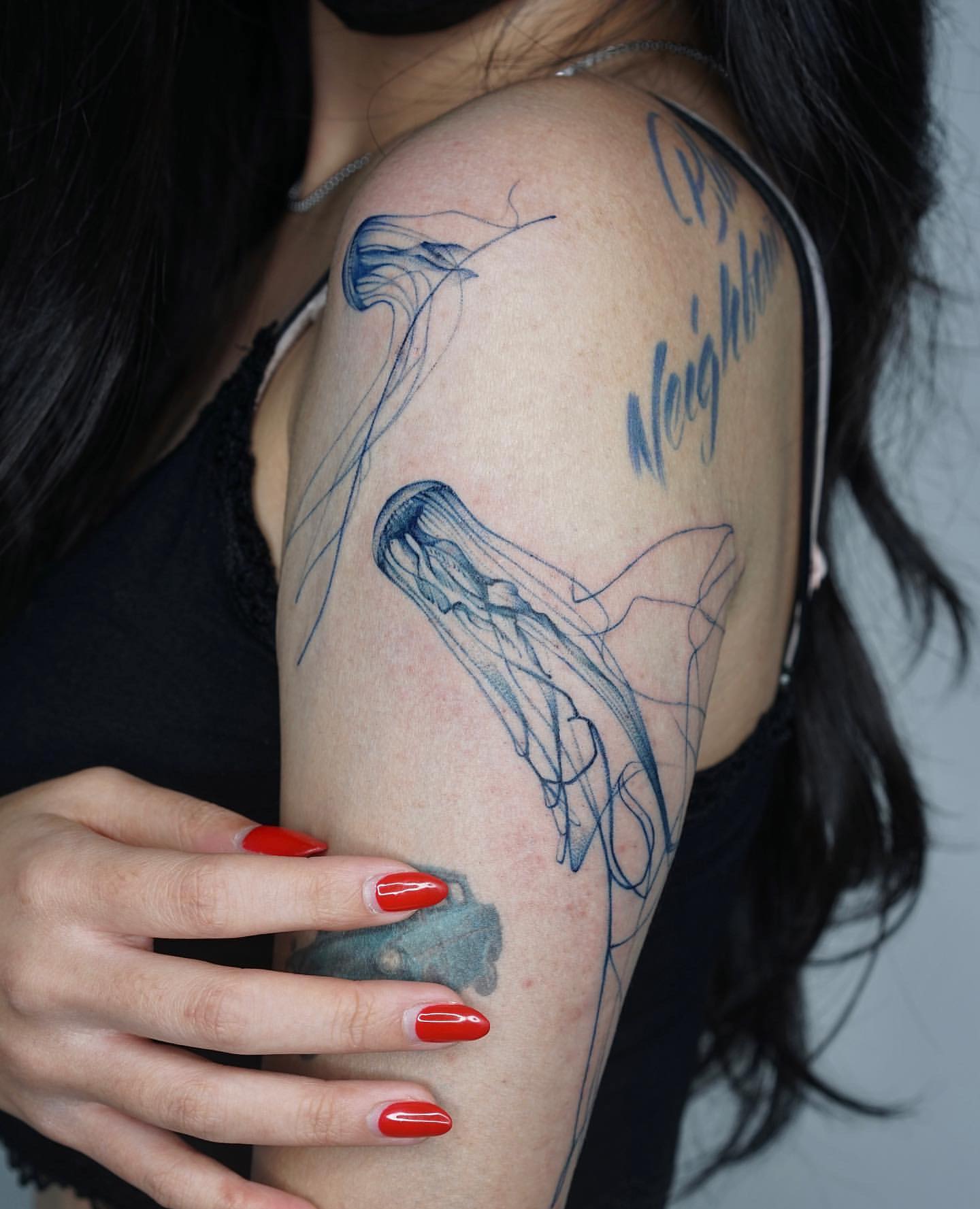
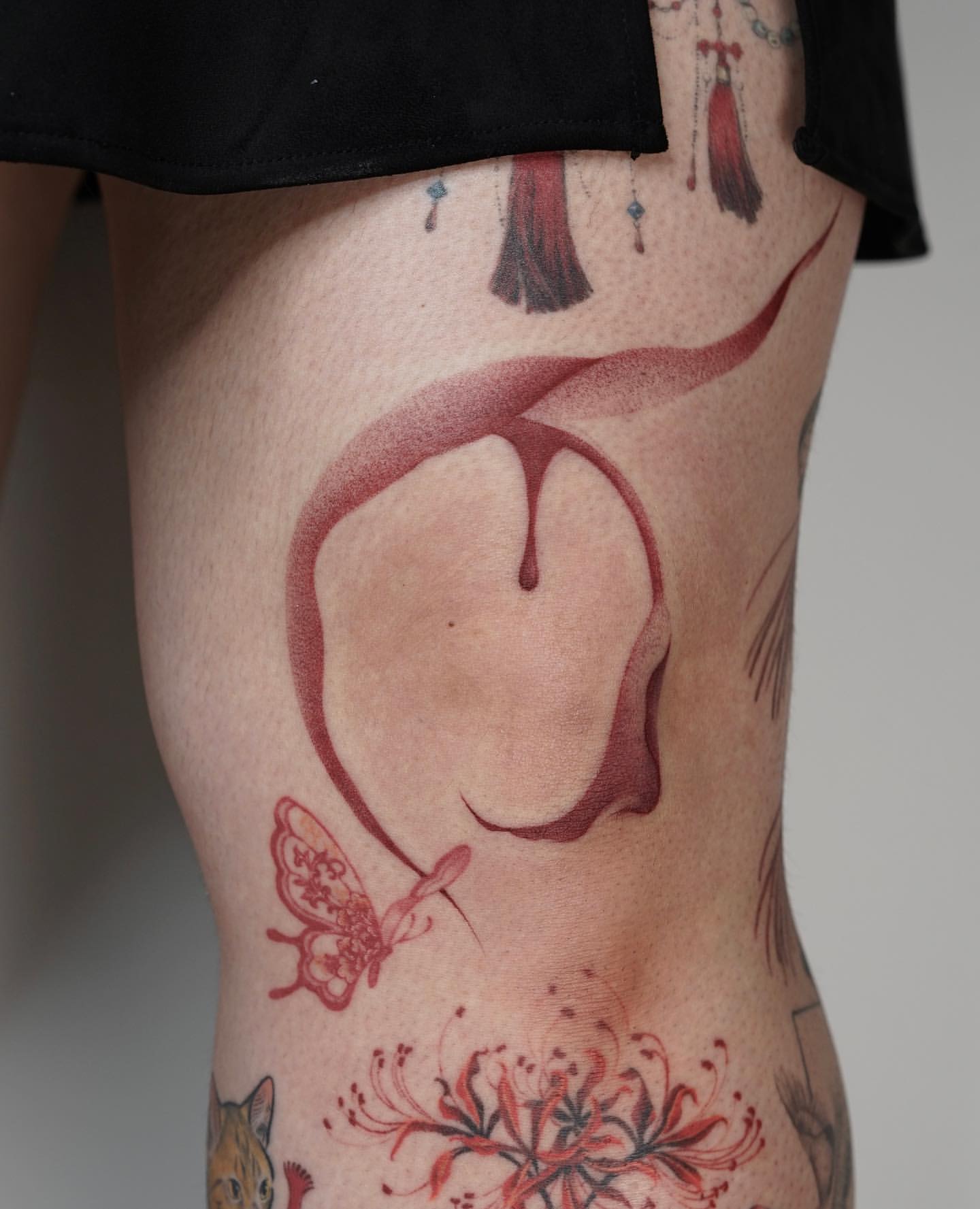
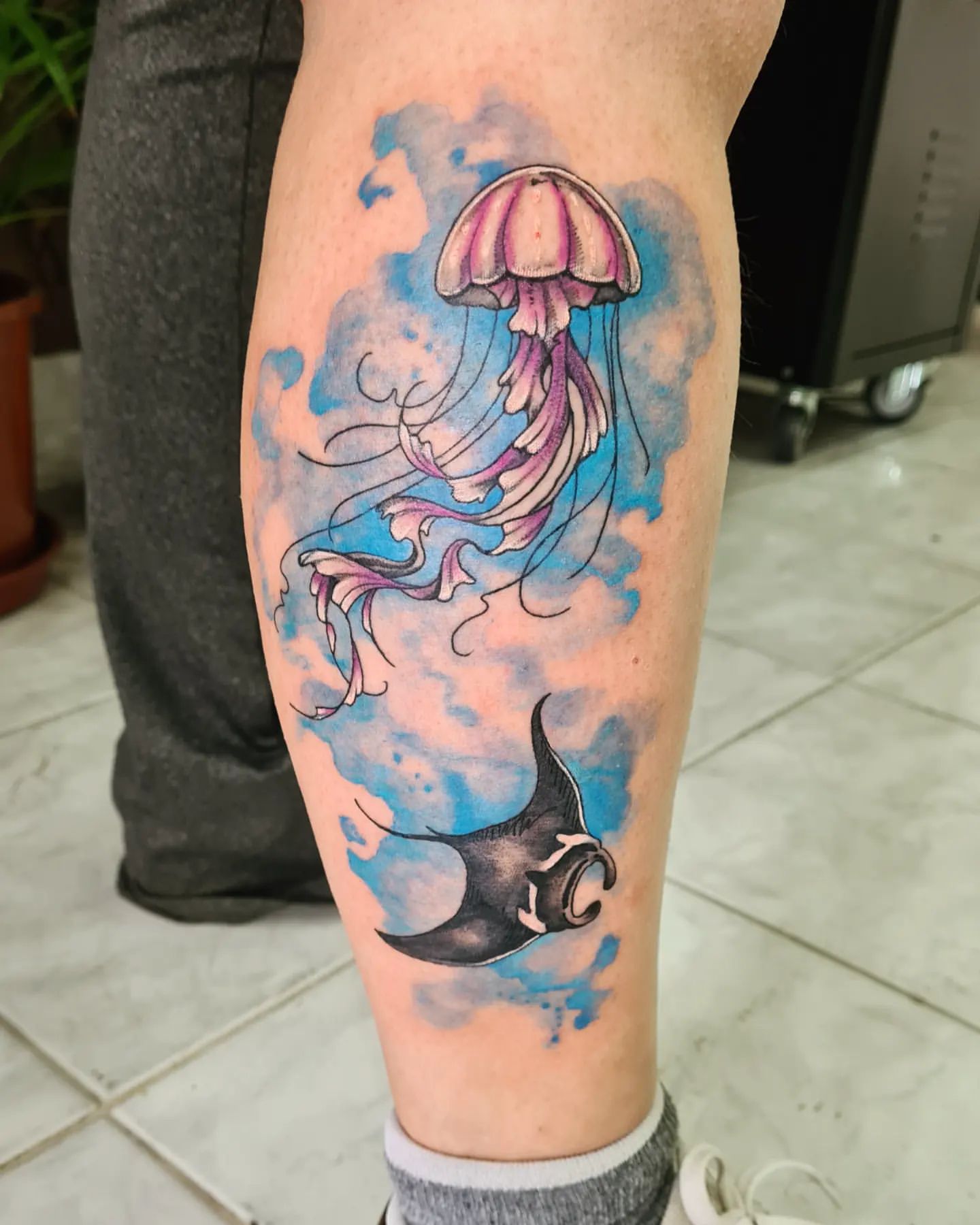
Designing a Watercolor Tattoo
When considering a watercolor tattoo, there are several factors to keep in mind. First, think about the size and placement of the tattoo. Watercolor tattoos can be delicate and intricate, so choosing a smaller size allows for more attention to detail. Additionally, consider how the tattoo will interact with your body’s natural curves and contours.
Next, explore different styles of watercolor tattoo designs. Some popular styles include floral, animal, landscape, and abstract designs. Each style has its own unique appeal, so take the time to find one that resonates with your personal taste and aesthetic.
Moreover, incorporating personal symbols and meanings into your watercolor tattoo can add an extra layer of significance. Whether it’s a meaningful object, a favorite quote, or a representation of an important life event, infusing your tattoo with personal symbolism ensures it holds a special place in your heart.
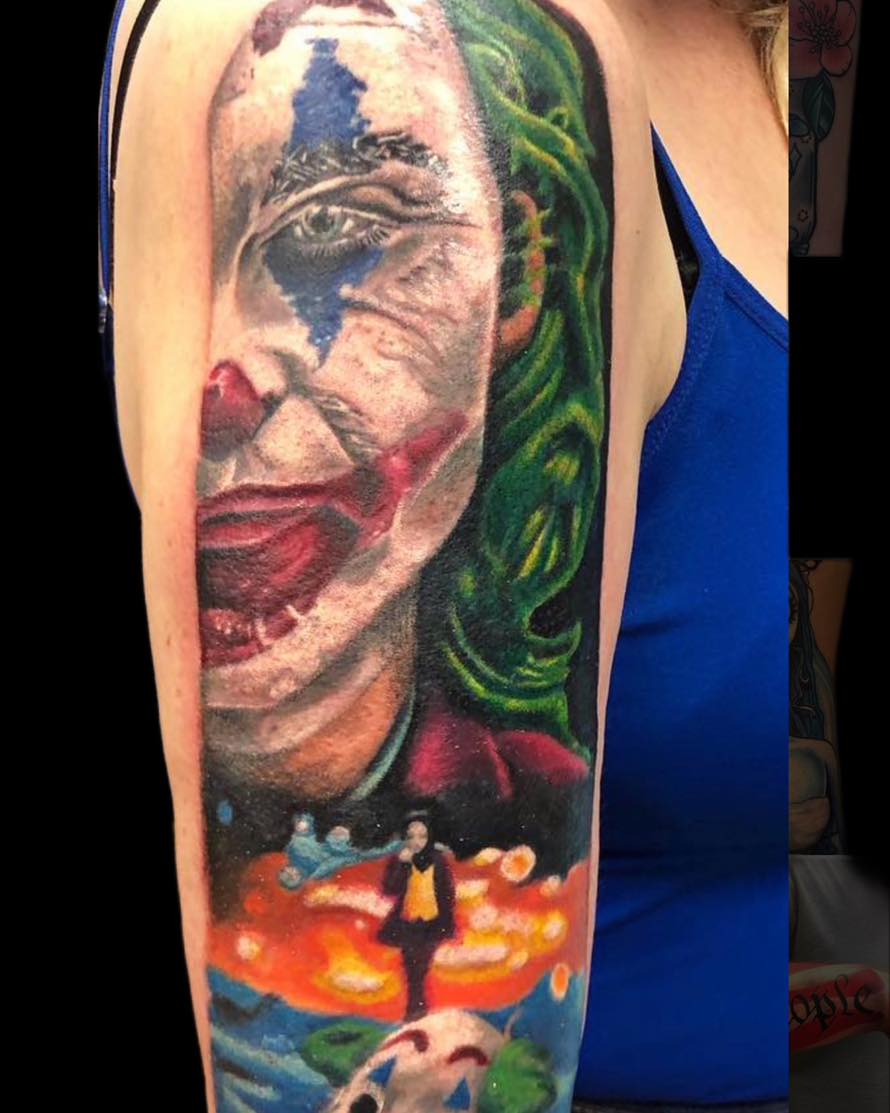
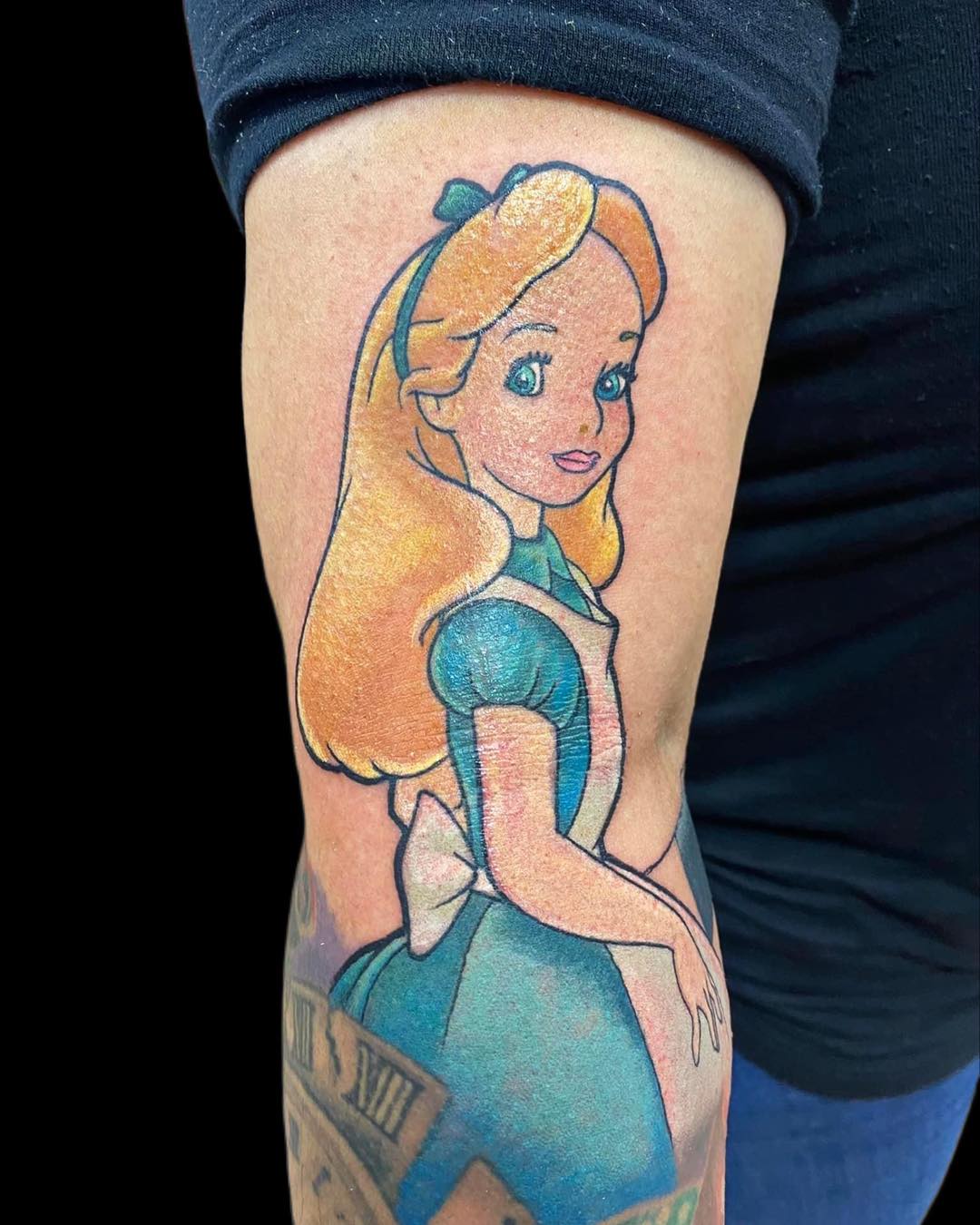
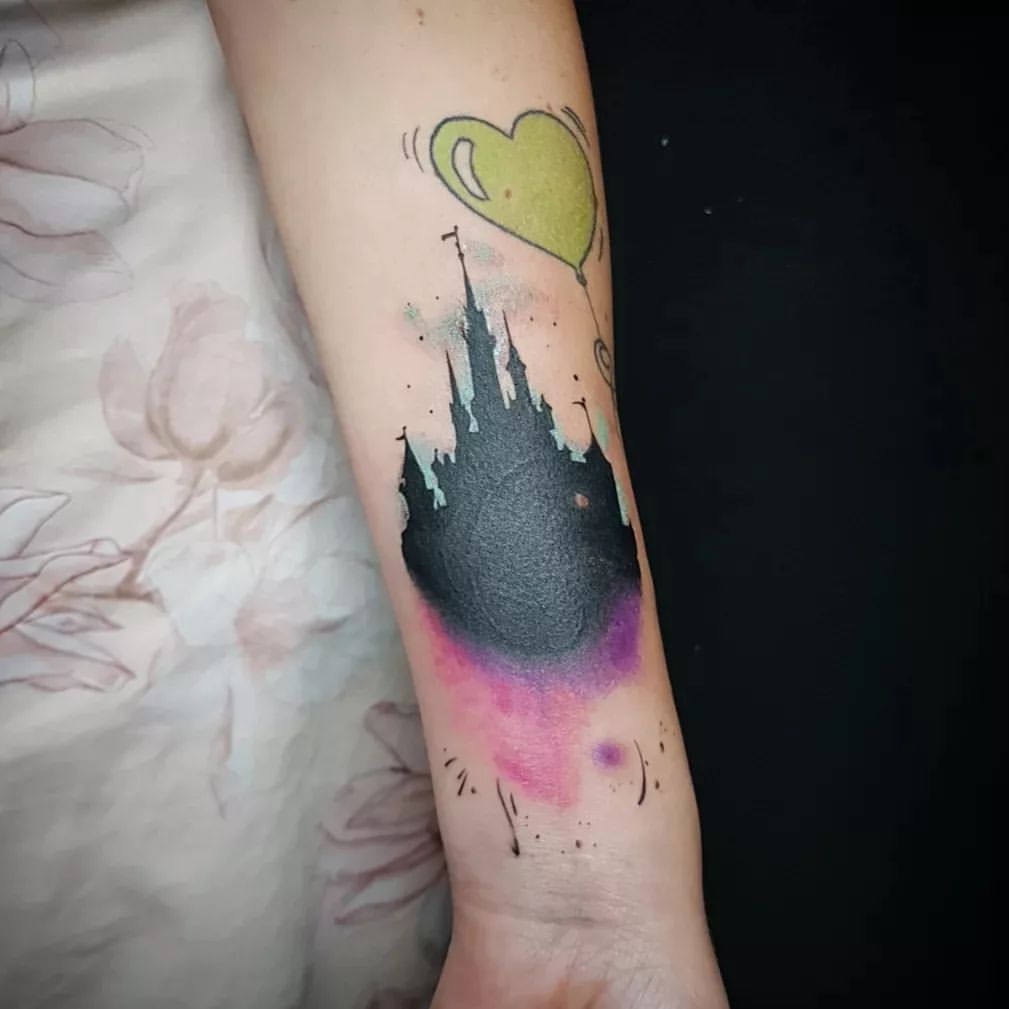

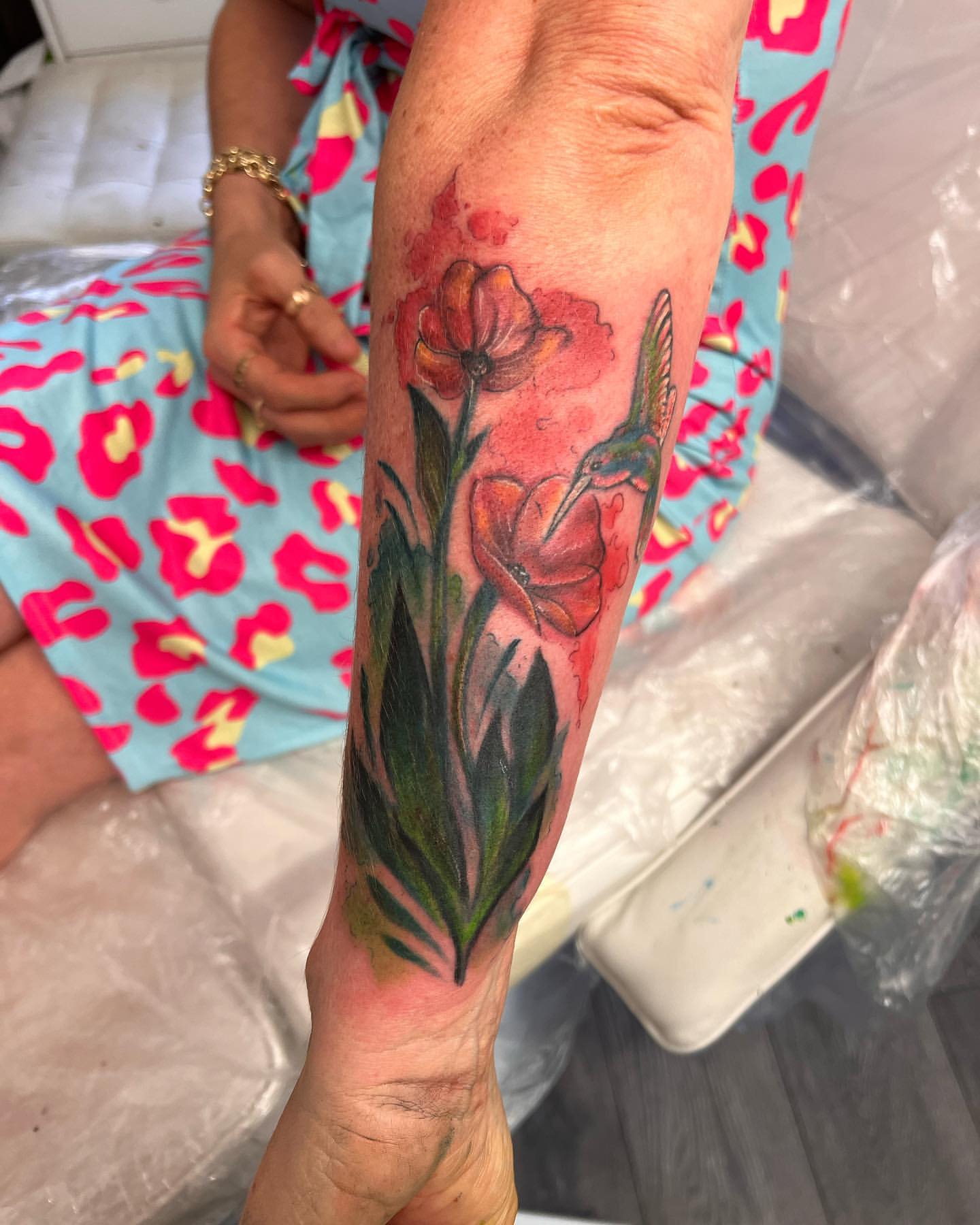
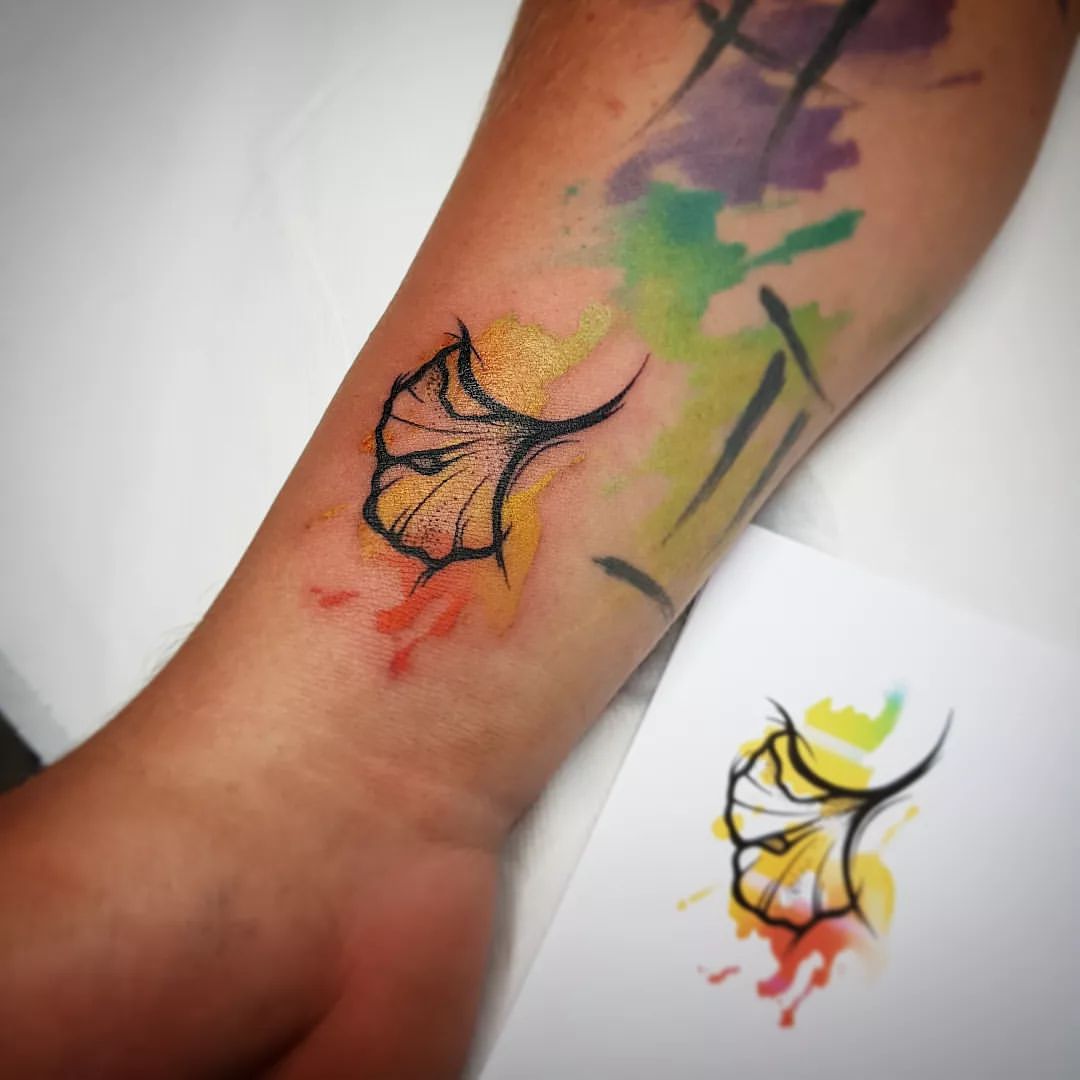
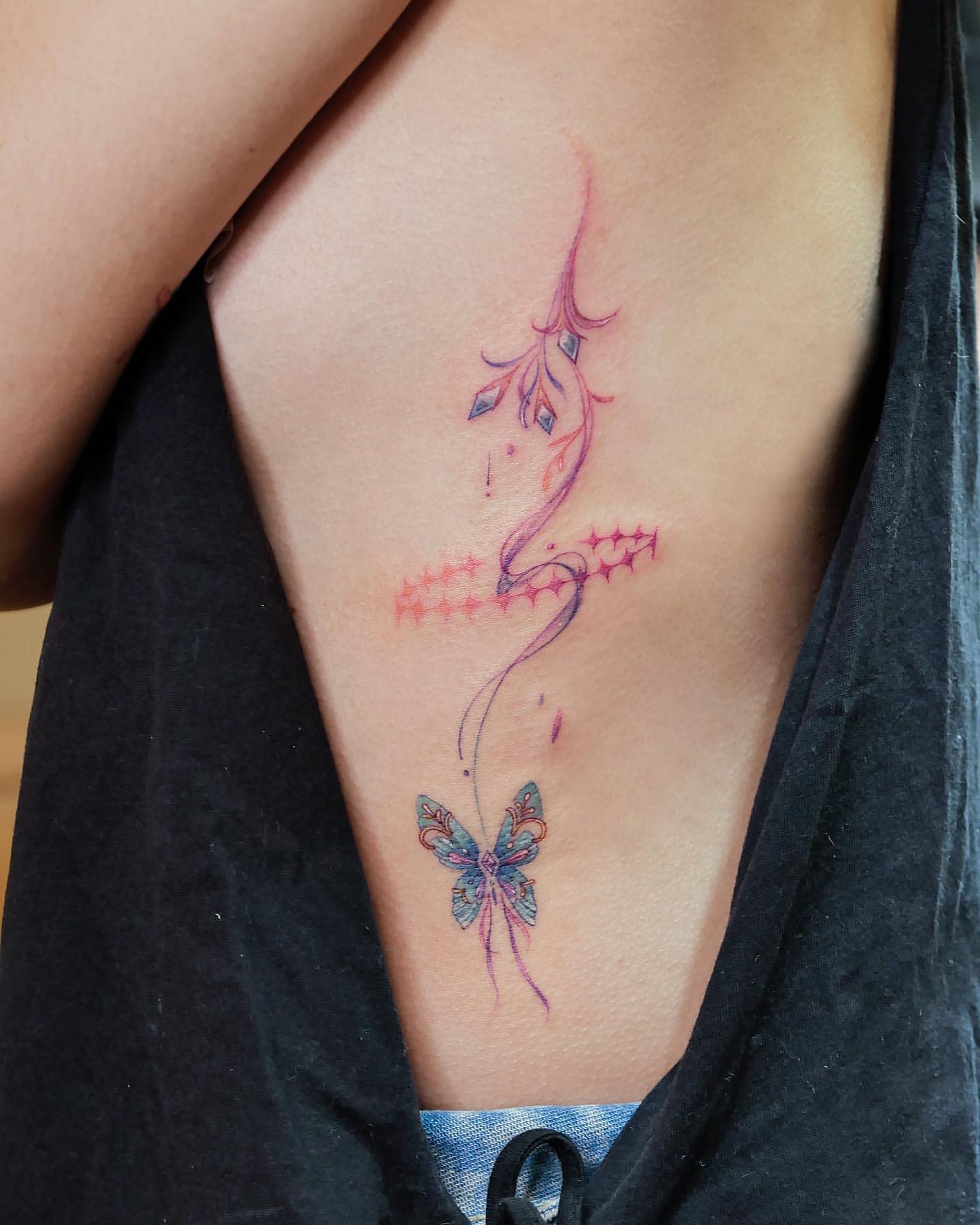
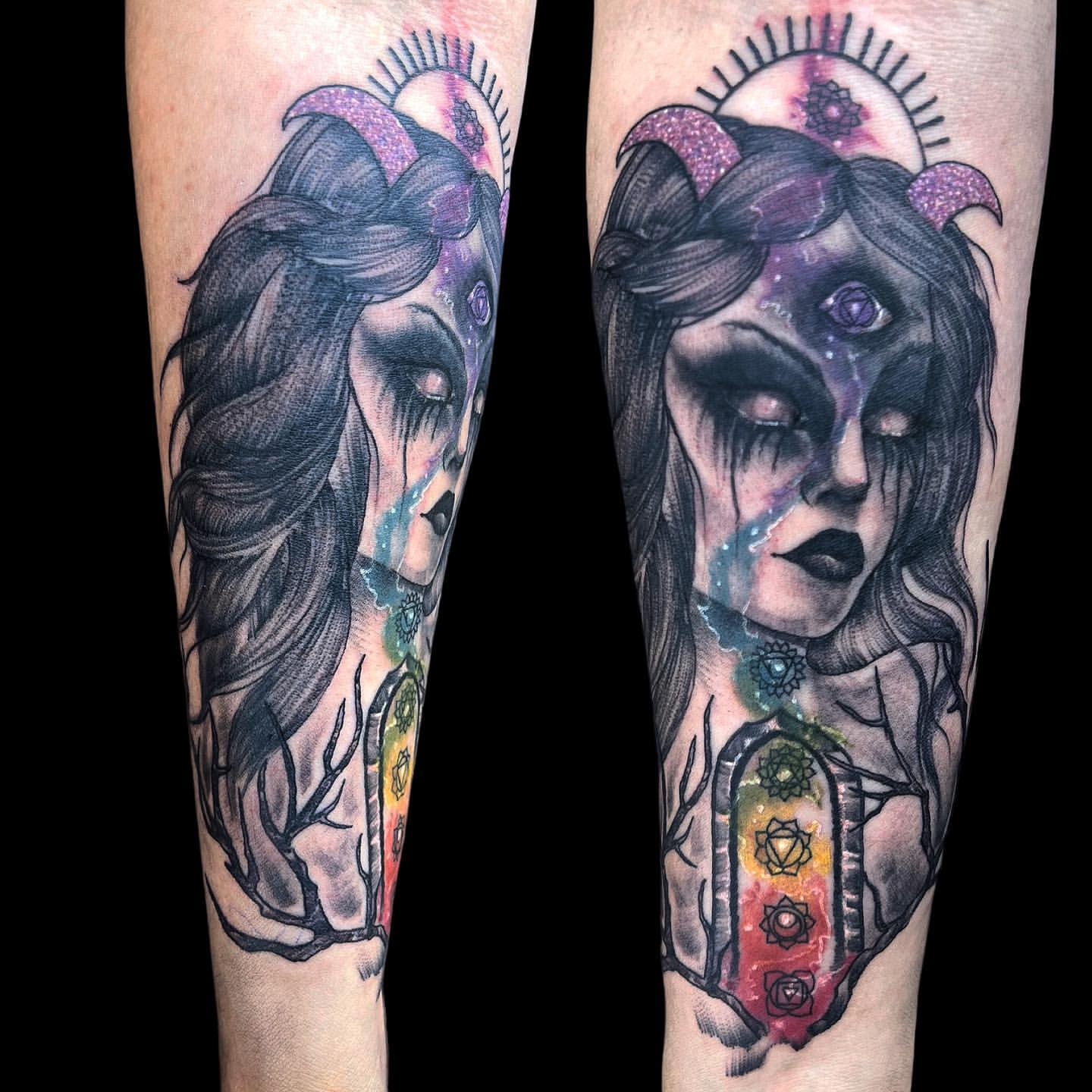
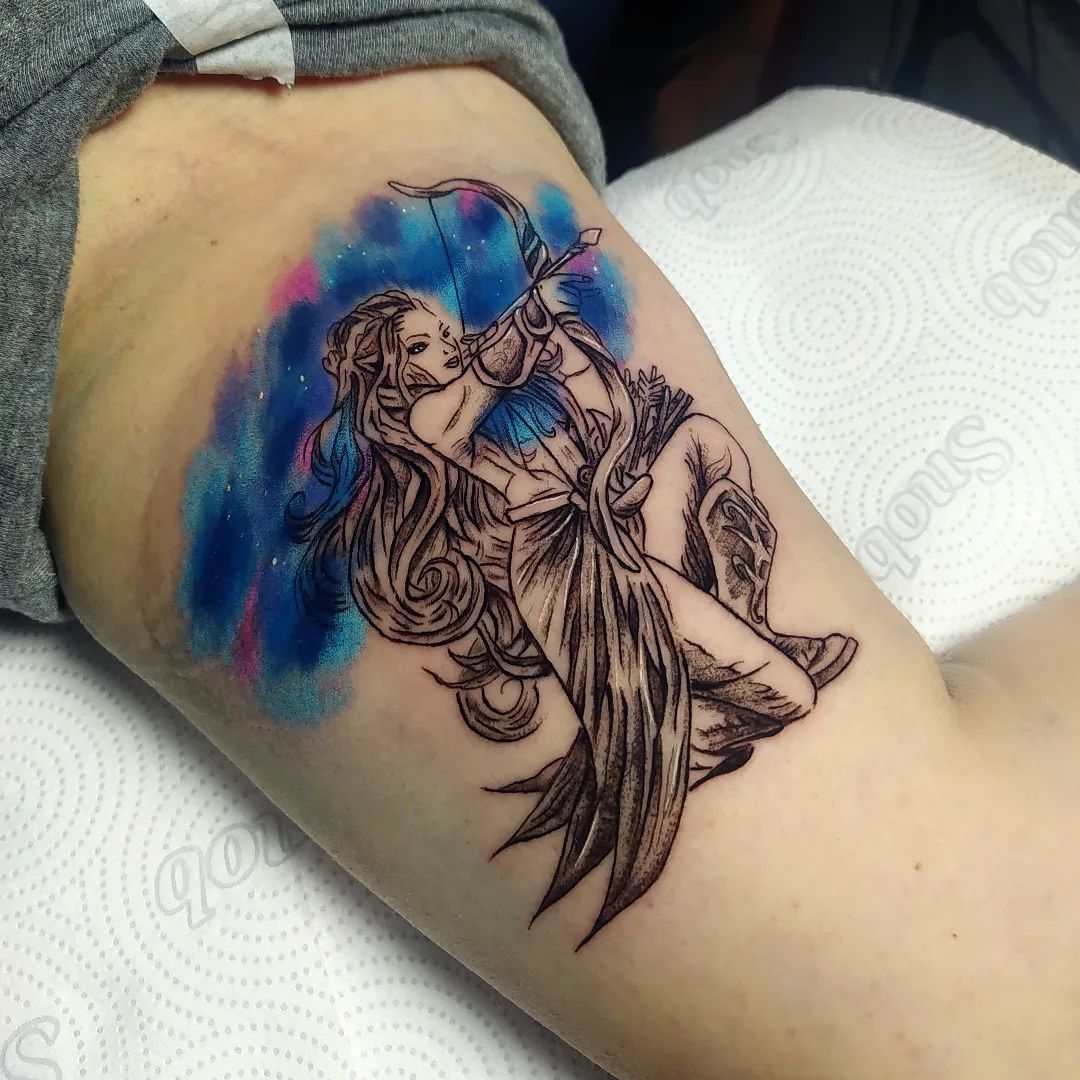
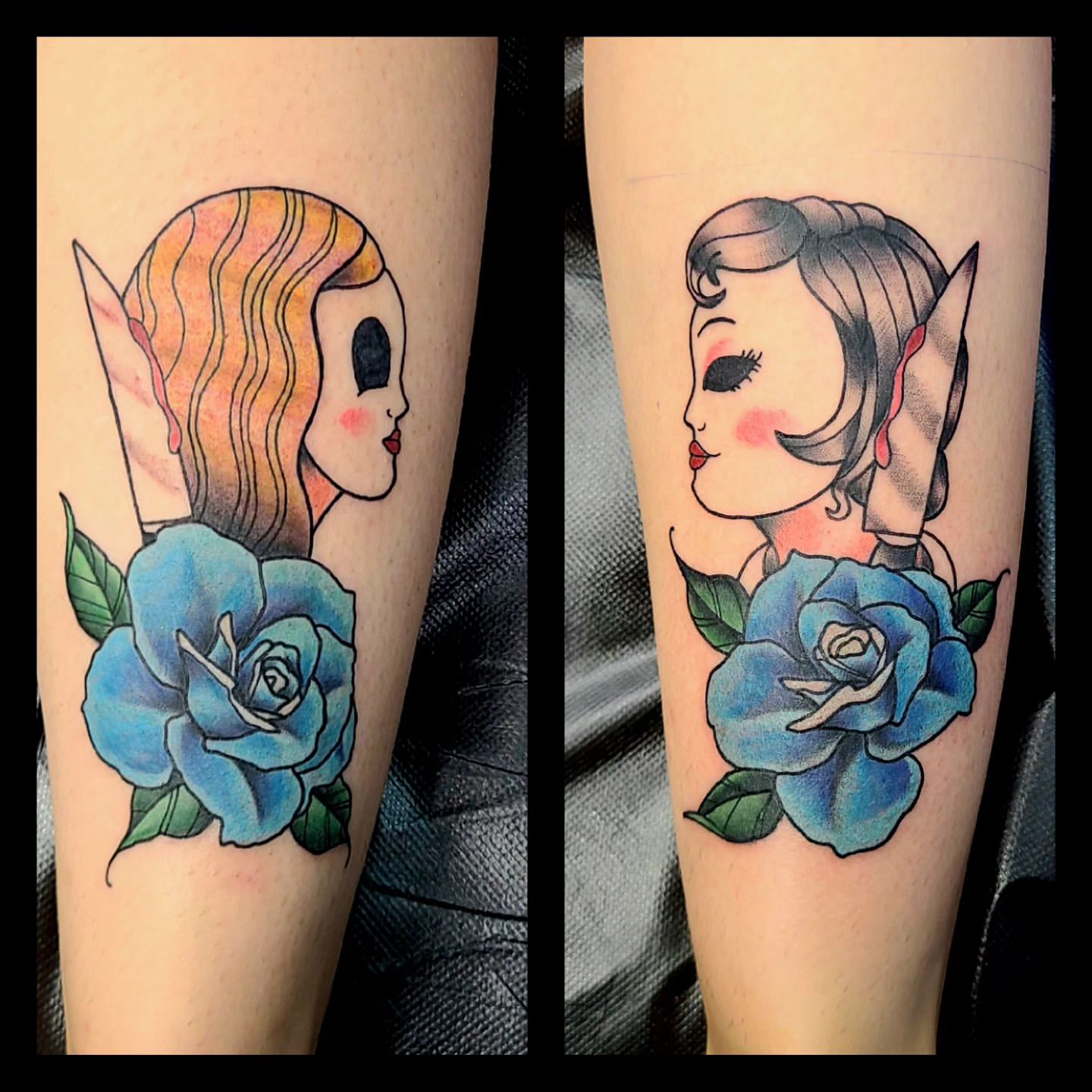
Understanding Watercolor Tattoos
Watercolor tattoos have been gaining popularity in recent years, with their vibrant and abstract designs. Defined by their resemblance to watercolor paintings, these tattoos are characterized by delicate brushstrokes, soft edges, and muted colors. Unlike traditional tattoos, watercolor tattoos often lack bold outlines and rely solely on the use of color to create stunning visuals.
Differentiating Traditional Tattoos and Watercolor Tattoos
While traditional tattoos are known for their bold outlines and vibrant colors, watercolor tattoos take a different approach. Instead of relying on outlines, watercolor tattoos are created using a technique that mimics watercolor painting. The colors bleed into one another, creating a soft and ethereal appearance. This gives the tattoos a more artistic and abstract feel, making them stand out from traditional tattoo styles.
Understanding the Concept and Symbolism of Watercolor Tattoos
Watercolor tattoos are not just visually appealing; they often carry deeper meanings and symbolism. The abstract nature of these tattoos allows for a wide range of interpretations and personalization. Each brushstroke and color choice can represent a specific emotion, memory, or idea, making watercolor tattoos a unique form of self-expression. By understanding the concept and symbolism behind watercolor tattoos, you can create a design that truly reflects your personality and experiences.
History and Popularity of Watercolor Tattoos
The evolution of watercolor tattoos can be traced back to the mid-20th century when artists began experimenting with new techniques and styles. However, it wasn’t until the 2000s that watercolor tattoos gained significant popularity. The rise of social media platforms like Instagram and Pinterest allowed tattoo artists to showcase their work to a wider audience, resulting in increased interest and demand for watercolor tattoos.
Pop culture also played a crucial role in the popularity of watercolor tattoos. Celebrities and influencers started getting watercolor tattoos, showcasing them on red carpets and social media platforms. This exposure further fueled the trend and inspired more people to embrace the unique and artistic style of watercolor tattoos.
Currently, watercolor tattoos continue to be highly sought after, with many people opting for these designs to stand out from traditional tattoo styles and express their individuality.
Process of Getting a Watercolor Tattoo
Getting a watercolor tattoo involves several stages. It all begins with a pre-tattoo consultation with your chosen tattoo artist.
During the consultation, you will discuss your design ideas, the placement of the tattoo, and any specific elements you want to incorporate. Your tattoo artist will provide guidance on what designs will work best and how the watercolor effect can be achieved.
Once the details are finalized, the artist will begin by outlining the design. Unlike traditional tattoos, watercolor tattoos may not have a solid outline, but rather a faint sketch that guides the placement of the colors. This allows for a more fluid and organic appearance.
After the outline is complete, the artist will start applying the watercolor effect. Using techniques such as blending, feathering, and layering, the artist will create a beautiful and seamless transition of colors, mimicking the translucent nature of watercolor paintings.
Once the tattoo is finished, your artist will provide instructions for post-tattoo care. This typically involves keeping the tattoo clean and moisturized, avoiding direct sunlight, and following any additional instructions provided by the artist.
Cost of Watercolor Tattoos
The price of a watercolor tattoo can vary depending on several factors. The size and complexity of the design, the experience and reputation of the tattoo artist, and the location of the tattoo studio all contribute to the overall cost.
Generally, watercolor tattoos tend to be on the higher end of the price spectrum compared to traditional tattoos. This is because creating the watercolor effect requires a higher level of skill and intricacy. Additionally, the process can be more time-consuming, as blending and layering the colors to achieve a seamless appearance takes precision and patience.
To ensure you get the best value for your money, it is essential to do your research and find a reputable tattoo artist who specializes in watercolor tattoos. While it may be tempting to choose a cheaper option, remember that tattoos are permanent, and investing in a skilled artist will significantly impact the quality and longevity of your watercolor tattoo.
Maintenance and Longevity of Watercolor Tattoos
Proper maintenance is crucial to preserve the vibrancy and longevity of your watercolor tattoo. Several factors can contribute to the fading of watercolor tattoos, including exposure to sunlight, friction from clothing, and the natural aging process of the skin.
To minimize fading, it is important to protect your tattoo from excessive sun exposure. Apply sunscreen with a high SPF regularly, even when your tattoo is fully healed. Additionally, avoid wearing tight clothing that rubs against the tattooed area, as this can cause the colors to fade more quickly.
Using gentle and moisturizing skincare products is also essential to keep your tattoo looking its best. Avoid using harsh soaps or exfoliants that can strip away the pigments. Opt for fragrance-free, hypoallergenic moisturizers to keep your skin hydrated without causing any irritation or color loss.
While watercolor tattoos may require touch-ups over time, proper maintenance and care can significantly prolong their life and keep them looking vibrant for years to come.
Impact of Watercolor Tattoos on Skin
Watercolor tattoos, like all tattoos, have an impact on the health of your skin. The tattooing process involves puncturing the skin with needles and depositing ink beneath the surface. This process can cause temporary redness, swelling, and soreness in the tattooed area.
To minimize potential skin damages, it is crucial to choose a reputable tattoo artist who follows strict hygiene practices. Make sure the studio uses sterilized equipment, and the artist wears disposable gloves and uses single-use needles and ink.
Additionally, caring for your tattooed skin properly can help promote healing and minimize any potential adverse reactions. Follow the aftercare instructions provided by your tattoo artist, keep the tattoo clean and moisturized, and avoid scratching or picking at the tattooed area. If you experience any prolonged or severe symptoms, such as excessive swelling or infection, consult a healthcare professional.
Removal of Watercolor Tattoos
While watercolor tattoos are designed to be permanent, circumstances may arise where tattoo removal becomes necessary. There are several options for tattoo removal, including laser removal, surgical excision, and tattoo removal creams.
Laser removal is the most common method and involves using high-intensity laser beams to break down the tattoo pigment. Multiple sessions may be required, depending on the size and colors of the tattoo. Surgical excision involves surgically cutting out the tattooed skin and stitching the surrounding skin together. Tattoo removal creams, although available, are generally not as effective and may cause skin irritation.
The process and cost of tattoo removal depend on various factors, including the size and colors of the tattoo and the individual’s skin type and healing capabilities. It is essential to consult with a qualified professional to discuss which removal method is most suitable for your specific tattoo.
Potential Risks and Precautions of Watercolor Tattoos
As with any tattoo, there are potential risks and complications associated with getting a watercolor tattoo. These risks include infection, allergic reactions to ink, and improper healing.
To minimize these risks, it is crucial to take certain precautions before getting a watercolor tattoo. Conduct thorough research to find a reputable and experienced tattoo artist who uses high-quality inks and equipment. Ask for references, look at their portfolio, and read reviews from previous clients. Additionally, discuss any known allergies or sensitivities with your tattoo artist, as they can recommend suitable ink options.
Addressing common fears and misconceptions about watercolor tattoos is also important. Some people worry that watercolor tattoos will fade quickly or blur over time. However, with proper care and maintenance, watercolor tattoos can maintain their vibrancy and clarity for an extended period.
Testimonials and Experiences of Watercolor Tattoo Recipients
Many individuals who have received watercolor tattoos have shared their experiences and stories, providing insight into the process and the impact these tattoos have had on their lives. From funny anecdotes to deeply personal stories, these testimonials offer a glimpse into the world of watercolor tattoos.
Through their experiences, recipients have learned valuable lessons about the importance of proper research, taking care of their tattoos, and embracing the unique and artistic nature of watercolor designs. They also offer advice to those considering getting a watercolor tattoo, encouraging them to express themselves and choose a design that holds personal significance.
In conclusion, watercolor tattoos offer a beautiful and artistic alternative to traditional tattoos. With their unique blend of colors and abstract designs, they provide a distinctive form of self-expression. By understanding the history, design process, maintenance, and potential risks associated with watercolor tattoos, you can make an informed decision and create a tattoo that truly represents who you are.


